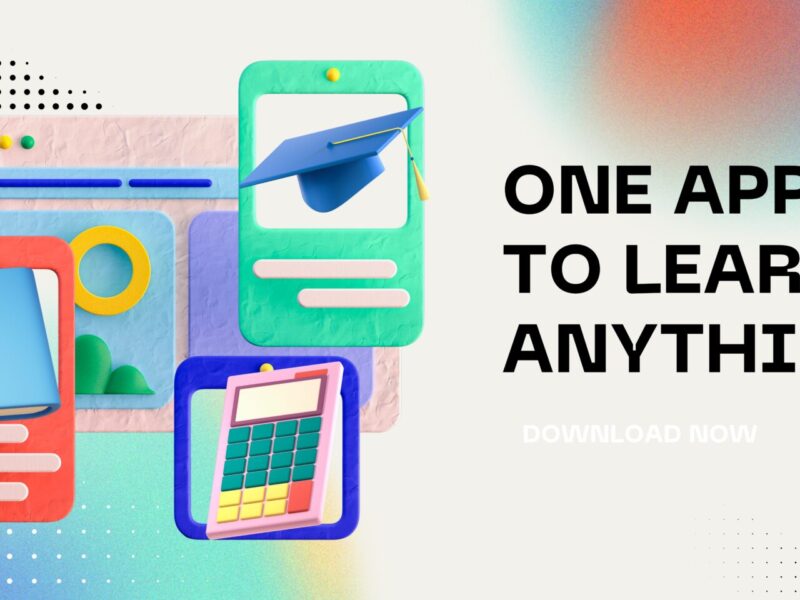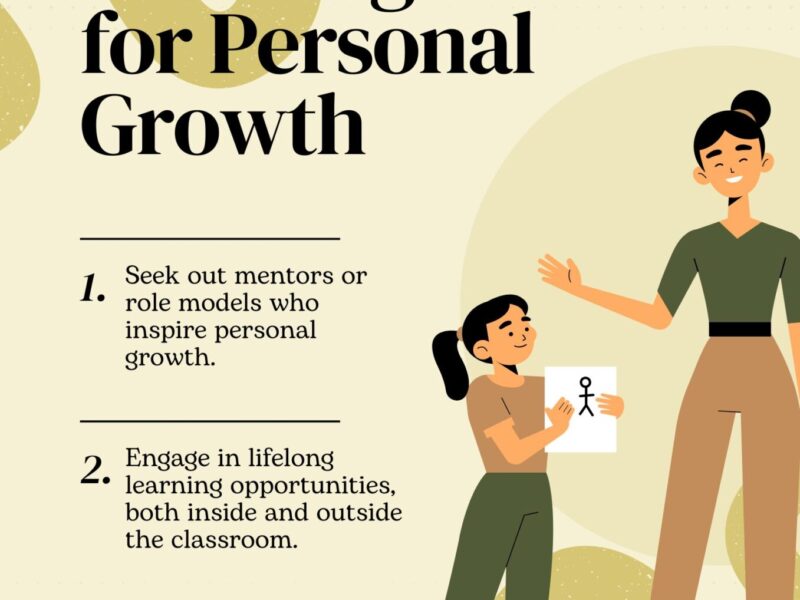Clearly, the entry of online education has widened learning avenues previously confined to geographical or financial barriers. While it seems to have overcome such obstacles, it is by no means without problems.Overcoming Technical Issues in Online Learning.Of these problems, the most important for learners, educators, and institutions alike remains that of technicalities.Such hindrances have been known to affect the learning process: either reducing the period of engagement by learners or, worse, having them withdrawing from courses. Serious addressing of such technical hitches is essential in creating a simple, productive online learning experience.Overcoming Technical Issues in Online Learning.
These form broad areas of technical challenges in online learning and their impacts with ways one can pragmatically counter these challenges.Overcoming Technical Issues in Online Learning.
Some Common Technical Problems Associated with Online Learning Connectivity Issues:
The connectivity issue is probably one of the most common problems in online learning.Overcoming Technical Issues in Online Learning. This is so much more apparent in rural areas or other areas with poor infrastructure.Overcoming Technical Issues in Online Learning. Excellent internet connection has been the sine qua non for organizing video conferencing, streaming lectures, or seeking digital resources.Overcoming Technical Issues in Online Learning.
Hardware Problems:
Many students and teachers do not have access to terminals like laptops, tablets, or even a smartphone. Poor-functioning old hardware leads to problems regarding incompatibility, sluggishness, and low performance with recent educational tools.
Software Incompatibility:
Most countries use online learning apps or platforms everywhere. Possible incompatibilities may be attributed to operating systems, browsers, or devices through which a learner is given access to the course content and activities.
Usability of Platform:
Sometimes learning management systems can be unintuitive or too complex. Therefore, both the students and educators will struggle with navigation, finding resources, or using advanced features.
Audio and Video Problems
Issues like audio and video problems in low quality, delay, echo, etc., can greatly affect the virtual classes and also discussions. These put holes in the communication and lessen the quality of online education.
Security and Privacy Issues
The online form of learning invited cyber crimes like hacking, phishing, and data theft. All access to systems provisioning becomes a concern, along with the privacy of personal data.
Lack of Technical Support
Technical support is helpful to give a solution in the shortest possible time. Without that, most users will be frustrated, and there will be an invasion of the system.
Digital Literacy
Many learners and even the instructors do not really know how to navigate digital platforms. The unfamiliarity prevents them from being able to engage meaningfully with the course.
Impact of Technical Problems on Online Learning:
Technical Creating Problems:Technical problems can have effects that touch all the stakeholders of online education.
Reduced Engagement: chronic interference from technical issues can frustrate rather than inspire learners.
Effects of Reduction in Retention Rate: Such students would later feel the need to withdraw from taking the courses.
Poor Learning Outcomes: Students missing some information due to poor sound or video quality find that the implications of concepts are not well understood.
So to teacher burnout: Teachers are, more often than not, left to their own devices in confronting technical challenges. In reality, such isolation can become overly stressful and affect a person’s ability to teach right.
Expanding Digital Divides: Uses of technology further deepen pre-existing inequities in education, especially for underprivileged communities.
Teacher Fatigue: usually the teachers have to face their technical challenges alone and thus they tend to demand a lot from their teaching capabilities.
Digital Divide Widened: The deprivation of knowledge brought by the intensification of inequalities through property-based means access to technology for most sections of society has derived misfortune in the education of many marginalized sections of those sections.
Methods of Tackling Technical Problems in Online Learning.
Negative effects of the technical issues may be mitigated by bringing learners, educators, institutions, and policymakers on board.
Enhance Internet Connectivity
National Initiatives concerned some governments continue with building broadband infrastructures in uncatered geographic areas.
Low-bandwidth alternatives: put learning resources provided by educators on a much lower bandwidth requirement in downloadable form, pre-recorded lectures.
Mobile data: reach to students through affordable spend using portals developed on mobile devices and partnerships with telecom providers when possible.
Ensure Access to Hardware
Device Distribution Plans: universities and schools could establish such student loan or device provision programs.
Bring-your-own-Device (BYOD): Students will be able to share out their devices and present a few compatibility guidelines so that they can lessen hardware restrictions.
Librarian Community Centers: this computer and Internet access might follow through from public libraries and community centers, respectively.
General Solutions for Addressing Software Compatibility-
Standardized Platforms- Institutions should select popular and compatible applications so access to software becomes less of a burden.
Cross-Platform Usage- Inclusive web-based applications functional across devices and operating systems must be used.
Regular Updates- Up-to-date software and applications offer a solution to many compatibility issues.
Improving Platform Usability
User Friendliness: LMS providers should enhance user interface design so that the platforms could be managed by all kinds of people.
Tutorials and Guides: Tutorials and FAQs should be included to navigate users into the systems more easily.
Feedback Tool: Regular inputs from users can guide improvements and identify problematic areas.
Audio and Video Troubleshooting: High Equipment Quality: The use of noise- canceling microphones and cameras could promote good audiovisual quality.
Bandwidth Optimization: Platforms are made to optimize the band-width utilized to provide smooth streaming on low connections as well.
Troubleshooting Tips- Simple solutions for extremely common problems such as resetting devices or adjusting settings are solutions that can empower users.
Security and Privacy Considerations
Secure Platforms: Institutions should use some safe, secure, encrypted, and multi-authentication platforms.
Training on Cybersecurity: Safe online techniques would be instructed to users to minimize the breaches resulting from this.
Compliance with Regulations: Complying with data protection legislation ensures users’ privacy and builds trust.
Providing vendors Technical Support Services
All day and all night help desks: They resolve the problems very early ahead to reduce interruptions.
Dedicated Teams: They also build dedicated teams in IT that will help teachers and students.
Resource Self Help: They can develop knowledge bases with stepwise solutions for users to troubleshoot on their own.
Educating Digital Literacy
Workshops and training: Regular sessions can familiarize users with essential tools and techniques.
Interactive Tutorial: Gamified tutorials and simulations can make learning about technology engaging.
Peering Support: Enabling students and educators to work and share tips with one another can collaboratively take them a very big step in digital literacy.
The institutions and policymakers
The institutions and policymakers also play a very vital role in provisioning of which technologies would be very effective concerning the online educational learning – investment:
Investing on Infrastructure: Money would be used to develop internet access and all other resources related to technology.
Encouraging Innovation: Stimulating research and development of new technologies that bring high potential and cheap education can further spur the process.
Standard Setting: Standards are guides for usability, for security, and accessibility to enable a user to have the same learning experience.
Public Private Partnerships: Partnerships with technology companies can have a low-cost use of cutting-edge tools and solutions.
Conclusions
First and foremost, removal of technological hindrances in online learning would make it a truly responsible platform with regard to creating an inclusive, effective, and universal education system. These persistent and common challenges-poor connectivity, hardware limitations, and software incompatibility-can be eliminated through interventions such as investments in infrastructure, training people on digital literacy, and creating/strengthening technical support. All these would probably allow online learning to produce results-it democratizes education so that students across the globe can benefit from it.


